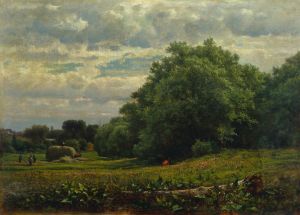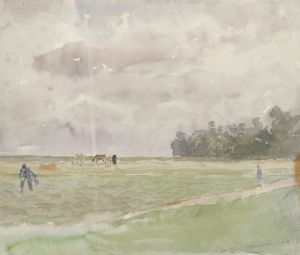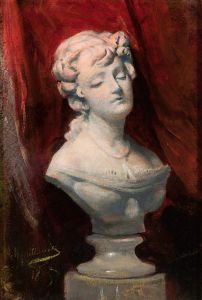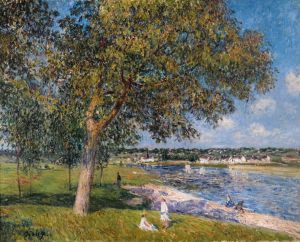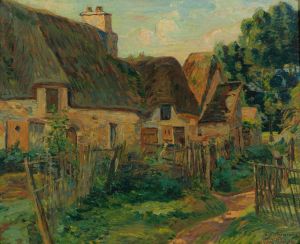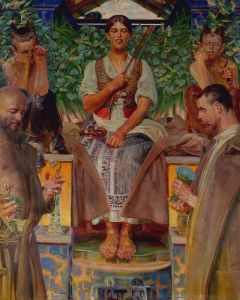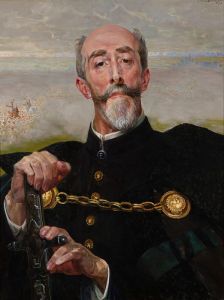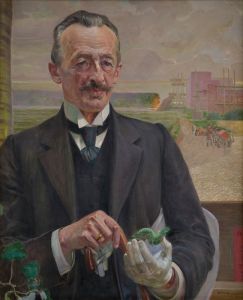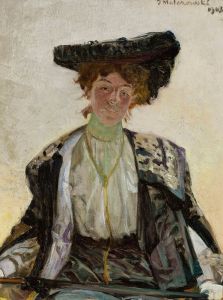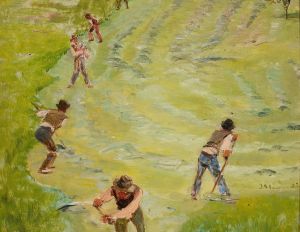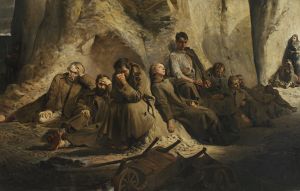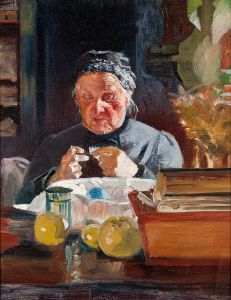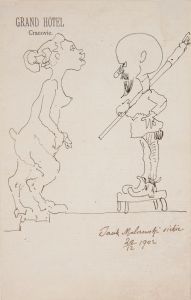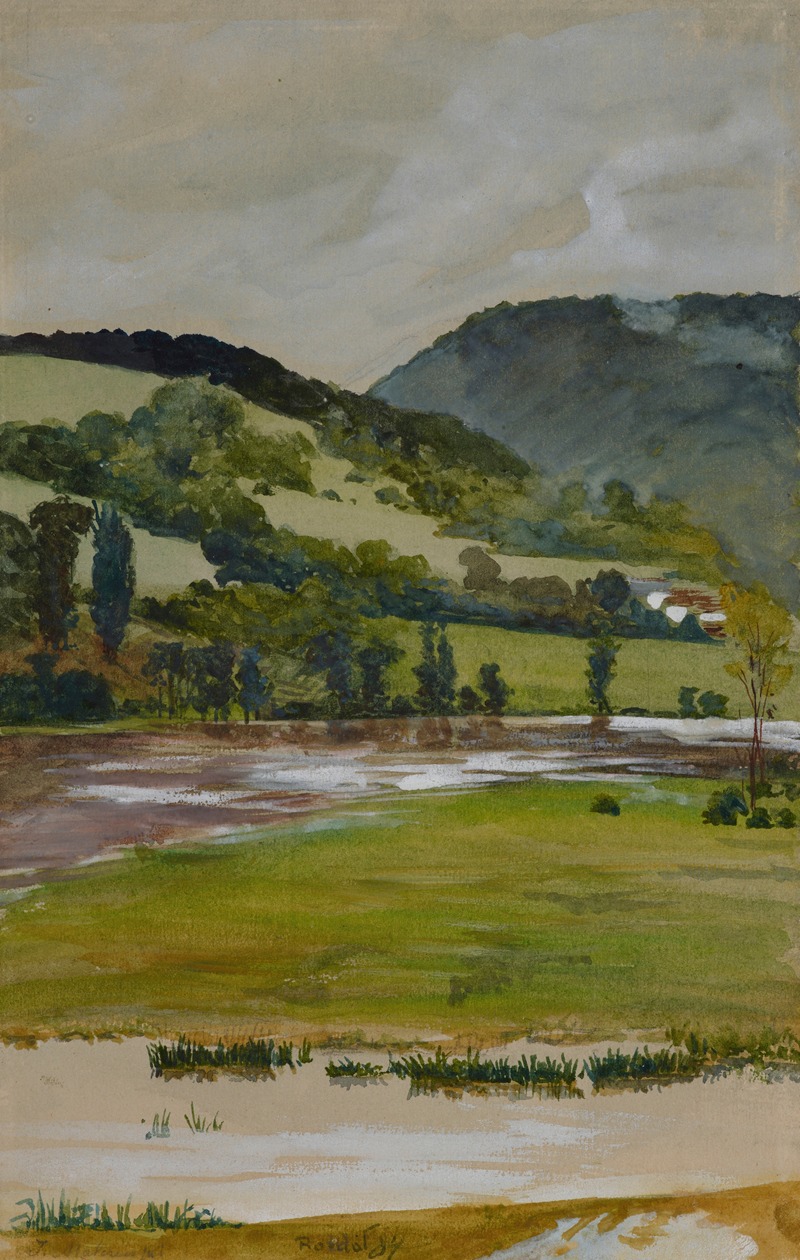
Spring landscape from Rozdół
A hand-painted replica of Jacek Malczewski’s masterpiece Spring landscape from Rozdół, meticulously crafted by professional artists to capture the true essence of the original. Each piece is created with museum-quality canvas and rare mineral pigments, carefully painted by experienced artists with delicate brushstrokes and rich, layered colors to perfectly recreate the texture of the original artwork. Unlike machine-printed reproductions, this hand-painted version brings the painting to life, infused with the artist’s emotions and skill in every stroke. Whether for personal collection or home decoration, it instantly elevates the artistic atmosphere of any space.
Jacek Malczewski, a prominent Polish painter, is renowned for his symbolic and often allegorical works that explore themes of Polish identity, history, and mythology. One of his notable paintings is "Spring Landscape from Rozdół," which exemplifies his unique style and thematic focus. Malczewski was a leading figure in the Young Poland movement, a modernist period in Polish art that spanned the late 19th and early 20th centuries. His works often reflect the socio-political climate of Poland during this time, marked by the country's partitions and the struggle for independence.
"Spring Landscape from Rozdół" captures the essence of Malczewski's artistic vision, blending realism with symbolic elements. The painting depicts a serene spring scene, likely inspired by the natural beauty of the Rozdół region, which is now part of Ukraine. This area was historically significant and culturally rich, providing Malczewski with a wealth of inspiration for his work. The landscape is characterized by lush greenery, blooming flowers, and a tranquil atmosphere, evoking a sense of renewal and hope that is often associated with the spring season.
Malczewski's use of color and light in "Spring Landscape from Rozdół" is particularly noteworthy. He employs a vibrant palette to bring the scene to life, using contrasting hues to highlight the interplay between light and shadow. This technique not only enhances the visual appeal of the painting but also imbues it with a deeper symbolic meaning. The interplay of light and shadow can be interpreted as a reflection of Poland's tumultuous history, with moments of darkness and despair giving way to hope and renewal.
In addition to its aesthetic qualities, "Spring Landscape from Rozdół" is significant for its cultural and historical context. During the time Malczewski created this work, Poland was under partition, divided between the Russian Empire, the German Empire, and Austria-Hungary. Despite these challenges, Malczewski and his contemporaries sought to preserve and celebrate Polish culture through their art. This painting can be seen as an expression of national identity and resilience, capturing the enduring spirit of the Polish people.
Malczewski's work is often characterized by its symbolic content, and "Spring Landscape from Rozdół" is no exception. While the painting primarily depicts a natural scene, it can also be interpreted as an allegory for Poland's struggle for independence and the hope for a brighter future. The spring setting symbolizes rebirth and renewal, suggesting that, despite the hardships faced by the nation, there is always the possibility of regeneration and growth.
Overall, "Spring Landscape from Rozdół" is a testament to Jacek Malczewski's skill as a painter and his deep connection to Polish culture and history. Through his masterful use of color, light, and symbolism, Malczewski creates a work that is both visually stunning and rich in meaning. This painting not only captures the beauty of the natural world but also serves as a poignant reminder of the resilience and enduring spirit of the Polish people.





